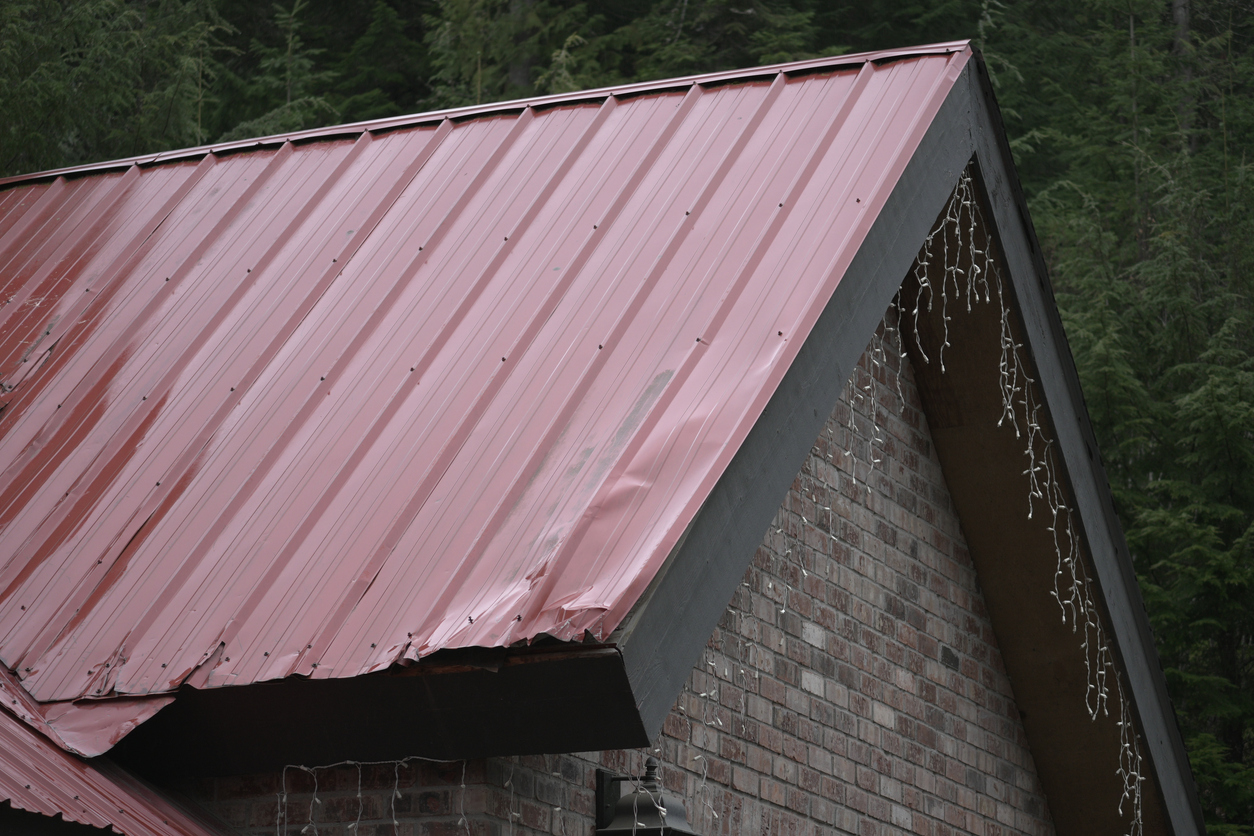The Georgia Association of Public Insurance Adjusters (GAPIA) held what I thought was its best meetings ever. One speaker, Mathew Mulholland, was discussing an upcoming paper he and a distinguished engineer will soon have published regarding hail damage when Mulholland raised the issue of cosmetic and functional damage.
This topic is not new and reminded me of a post written eight years ago, Cosmetic and Functional Damage – An Academic Discussion by Neil Hall. I stated the issue as follows:
Insurance companies have turned the property insurance world upside down by denying claims based on engineers who claim that no ‘functional damage’ occurred and only ‘cosmetic damage’ was sustained at the insured property. Most of us in the property insurance claims business have been taught that any ‘physical damage’ is covered by a property insurance policy. This concept of ‘physical damage’ as the bell weather proof of the type of damage covered under property insurance policies is changing and challenged by some insurers and their forensic vendors who claim that ‘cosmetic damage’ is not really the type of ‘physical damage’ covered under insurance policies.
Neil Hall provided an engineer’s assessment of the issue, writing a paper that pointed out how many insurance company engineers refuse to properly consider that cosmetic damage to property is still damage: 1
Generally speaking, a forensic engineer (FE) is charged with finding ‘direct physical loss’ to a building or structure, identifying the causal events associated with that loss (what, how, where, when, why), and recommending a protocol to restore the building or structure to a pre-loss condition. Although many FEs tailor their repair recommendations to the prescriptive cut of ‘like kind and quality’, this reflects the limitations of certain insurance policies rather than the real-world requirements of model building codes. The FE’s scope should always include all work necessary for planning, permitting, and lawful construction of the rebuild through the Certificate of Occupancy.….
It is curious to hear FEs pontificate about ‘cosmetic’ and ‘functional’ damage when rarely do the same speakers acknowledge the broader term ‘direct physical loss’ which (it can be assumed) is the etymological root of the neologisms they so warmly embrace. Most FEs assert ‘functional’ damage (and by association ‘cosmetic’ damage) as engineering terms yet hold ‘direct physical loss’ taboo because it is an insurance term-of-art used to establish coverage. The mere utterance of ‘direct physical loss’ by a FE can raise eyebrows among peers, let alone accusations of collusion based on the preposterous notion that FEs best serve their clients when they are ignorant of their client’s workaday vocabulary.
The lack of communication is a two-way street. Consider an Insurance Adjuster who retains a FE to identify ‘structural damage’ to a given property. The Adjuster means direct physical loss to the building’s structure as opposed to the building’s contents, but the FE presumes this to mean ‘structural damage’ as opposed to ‘non- structural’ or ‘cosmetic’ damage. With her head buried in SEI/ASCE-7, the FE tediously investigates the Main Wind Force Resisting System (MWFRS) while ignoring the cracked Venetian plaster. The FE reports ‘no structural damage’, the Adjuster hears ‘no damage’, the claim is denied, and all Hell breaks loose. As this author previously noted:
putting aside the broad definition of structure as ‘that which is built or constructed’ (IRC, 2009), structural elements (framing and trusses) only represent 15.6% of new homebuilding cost (NAHB, 2009). What insurance engineers often trivialize as ‘aesthetic damage’ to architectural components can nevertheless entail serious economic consequence for the homeowner (Hall, 2012).
This author has heard more than a few FEs snidely remark ‘engineers don’t do pretty’. This is the ignorance of a forensic investigator who has never worn a hard-hat, swung a hammer or worked a construction job. FEs familiar with the trades know and understand that crown molding costs more per linear foot than the framing studs, and conduct their investigations accordingly.
While we will have to wait until this fall for the publication of Mulholland’s paper, I am sorry to say that Part 2 of Neil Hall’s publication was never published.
I encourage those interested in cosmetic and functional damage to read the full post from the prior blog and other posts noted within it, as well as Neil Hall’s paper.
Thought For The Day
Architecture is really about well-being. I think that people want to feel good in a space… On the one hand it’s about shelter, but it’s also about pleasure.
—Zaha Hadid
1 Nei Hall, Ph.D., P.E., Cosmetic and Functional Damage, Part One, (presented at the First Party Claims Conference, Warwick, Rhode Island, October 2016).




